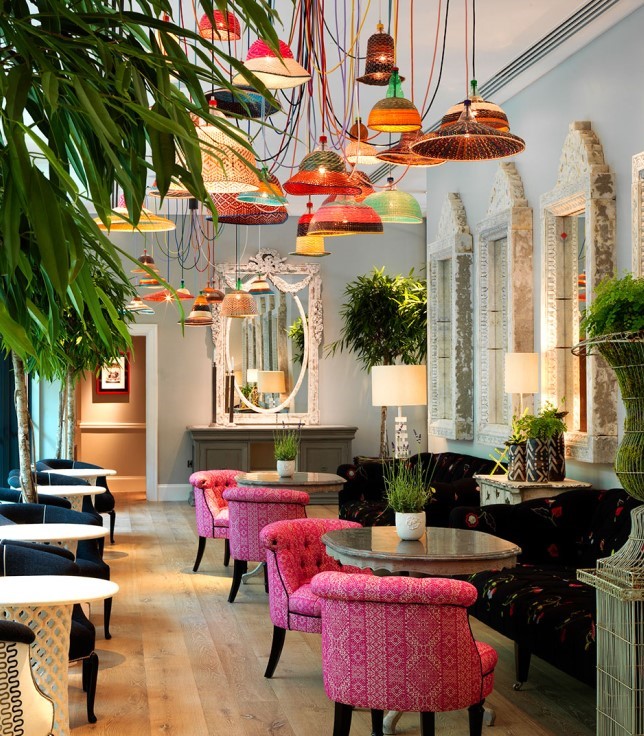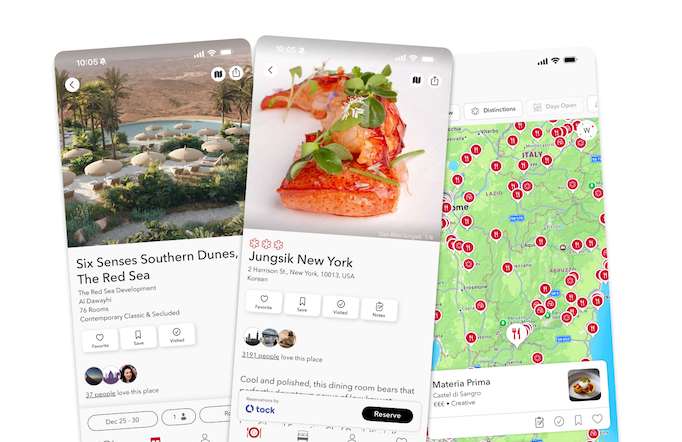As the former imperial capital, Kyoto drew generations of artisans who refined everything from architecture and scroll painting to ikebana, lacquerware, and ceremonial tableware. That legacy lives on in the city’s ryotei — traditional dining houses where seasonal kaiseki meals unfold in quiet, choreographed elegance.
Here, hospitality is an art form. Kimono-clad proprietresses oversee every detail, and each course reflects the shifting moods of the season — not in words, but in flavor, color, and form. From cherry blossoms in spring to the hush of winter, these spaces offer more than a meal: they offer an immersion in Kyoto’s cultural memory.
Kodaiji Jugyuan
Two Stars
Pass through the gate and a quiet space immediately envelopes you. Built by a renowned master of sukiya architecture, the ryotei is magnificent in design. The Japanese garden, also created by a master of the trade, is similarly captivating as well. From Fuji no Ma, the ‘Wisteria Room’ on the first floor, gaze out on Yasaka Pagoda. Every effort is made to weave the traditional beauty of Japan with the mood of each season in turn.

Kodaiji Wakuden
Two Stars and a Green Star
The ryotei stands close to Kodaiji Temple at the base of Mount Higashi. Crafted in the sukiya style by a master artisan, the building exemplifies the dignity of traditional Japanese architecture. Inside, touches such as sunken hearths and private rooms with counters facing the kitchen, breathe new life into ryotei culture. The energetic chef keeps Japanese cuisine moving forward. With an eye on the future, the ryotei grows its own rice, on ryotei grounds and on the Tango Peninsula.

Kyokaiseki Kichisen
Two Stars
This ryotei is close to the Shimogamo Shrine. In fact, it sits inside Tadasu no Mori, a forest in the shrine precinct, on land where the chef’s ancestors once traded. ‘Kichisen’ is the name under which the family traded in those days. The menu reflects the seasonal almanac and customs of the old city. In the ceremonial space, carefully arranged items exude an aesthetic trained in tea ceremony, flower arrangement, calligraphy and incense appreciation. Refined Kyoto cuisine is served with gracious hospitality.

Hyotei
Three StarsHyotei’s origins go back 450 years, when a simple arbor was set up at Nansenji Temple where pilgrims could sit and drink tea. Today Hyotei’s vestiges of those founding days, such as shingled roof, folding stools, woven conical hats and straw sandals, seem to whisk us back through time to that Japan of old. The pond in the moss-covered courtyard is fed with water from Lake Biwa. Step into a chapter of the long history of Kyoto.

Kikunoi Honten
Three StarsFounded as a restaurant in 1912, Kikunoi Honten now relates to the refined cuisine and culture of Kyoto through its third-generation chef. The ryokan dutifully safeguards the traditions of Japan while innovating its menu with the addition of Western ingredients. Private dining rooms of various sizes are provided, each with a picture of elegance. Seasonal elements in the sacred alcove and views of the garden calm the soul. The seasonal decor and tranquil garden scenery bring a sense of calm—an ideal setting to savor unhurried moments with those you cherish.

Isshisoden Nakamura
Three StarsEstablished in the days of the shoguns (powerful military rulers of feudal Japan), this restaurant has been in the same family for six generations. Isshi soden means refers to the passing down of a craft’s secrets from a parent to a single heir. In observance of this family motto, Isshisoden Nakamura treats every customer encounter as a precious, once-in-a-lifetime experience. Tilefish grilled in sake and white miso zoni (soup of rice cakes and vegetables) are specialties of Isshisoden Nakamura celebrated for generations. The placid aura of the dining room and graceful character of the proprietress are soothing balm for the soul.

Kenninji Gion Maruyama
The host, attuned to Kyoto’s traditional culture, offers a window into the city’s seasonal spirit. In the waiting room, guests are greeted with a column of ice in summer and a brazier in winter. Dining rooms with sunken kotatsu seating, table seating and a tea room are available — each arranged with seasonal decor that brings a sense of calm. The menu abounds with classic Kyoto flavours, such as long tooth grouper with bamboo shoot in spring and roe-laden sweetfish with matsutake mushrooms in autumn.

Yusokuryori Mankamero
A tradition in Kyoto dining passed down through generations, in a corner of the Nishijin district. The restaurant originated in 1722 as a tea house operated by a sake brewery and later began serving meals under the name ‘Mankamero’. The house showcases the food culture of Kyoto with cuisine based on yusoku-ryori, a genre of seasonal banquet cuisine of the Imperial court, and chakaiseki (a simple meal enjoyed before tea). At lunchtime box lunches are available in bamboo baskets — a leisurely moment of casual elegance.

Sanso Kyoyamato
From the plateau on which it stands on Mount Higashi, Sanso Kyoyamato offers diners sweeping views of central Kyoto. With its historic buildings and Japanese garden, the restaurant epitomises the character of a ryotei. From Soyotei, a building erected during the time of the shogunate, the view of Yasaka Pagoda is a fit backdrop for auspicious events. ‘Soyotei’ means ‘arbour for watching the sunset’, and indeed the view from here of the sun slipping below the horizon is unforgettably beautiful.
Kinobu
Kinobu is situated in Yamahokocho, the district that cares for the yamaboko, the elaborately decorated floats paraded in the Gion Festival. Originally founded as a caterer, with the passage of time, Kinobu morphed into a ryotei. Hanare no Ma is a tranquil dining space overlooking an inner garden. Kocho no Ma is decorated with a folding screen depicting the stately procession of the yamaboko in the Gion Festival. At lunchtime on weekdays, a reasonably priced kaiseki banquet is served in the main hall, with guests dining at communal tables.
Hero image: © Kyokaiseki Kichisen



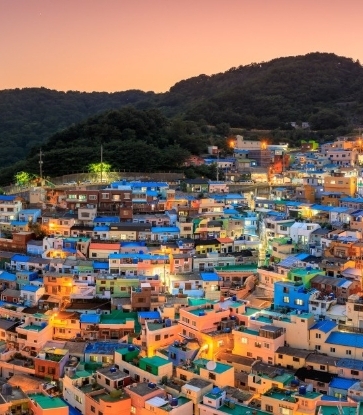
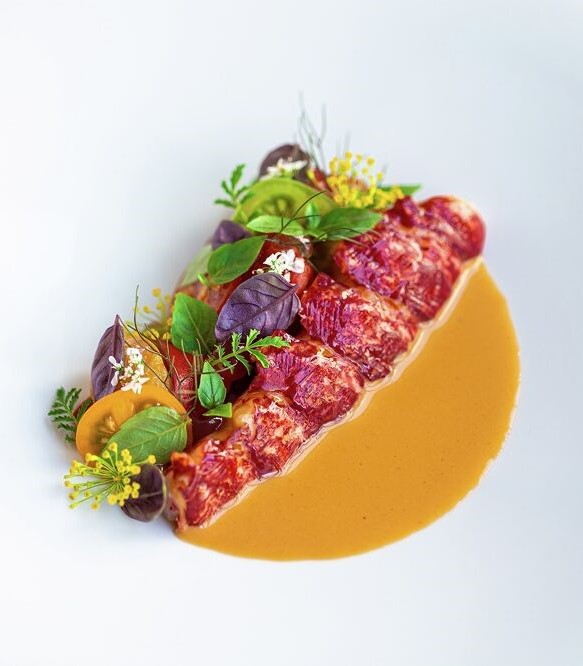
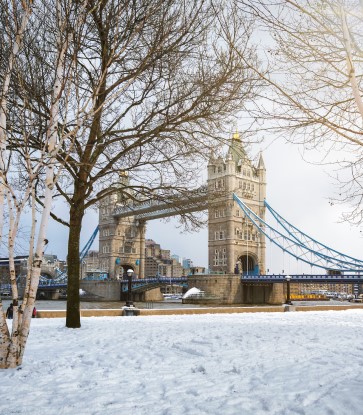
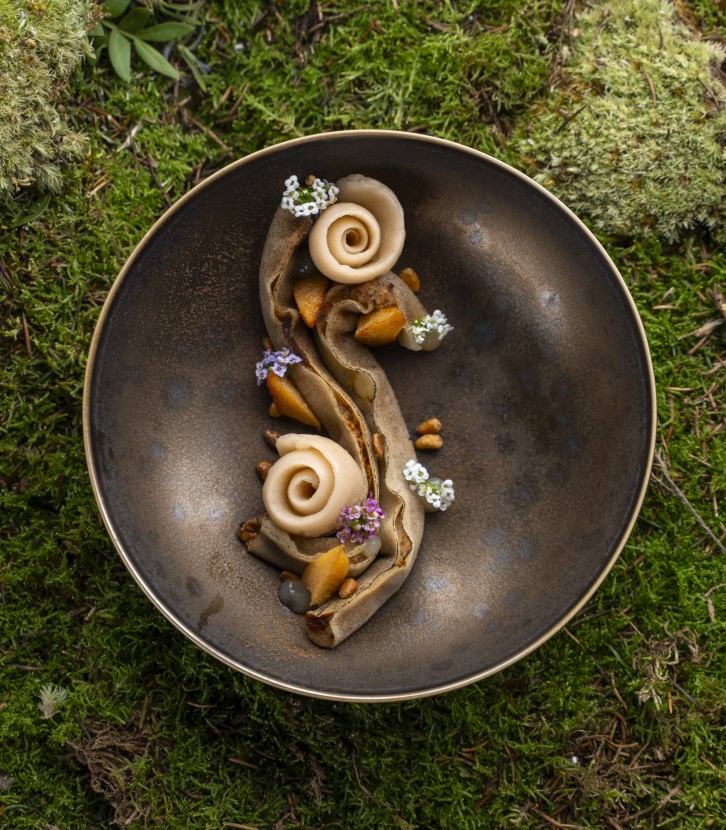


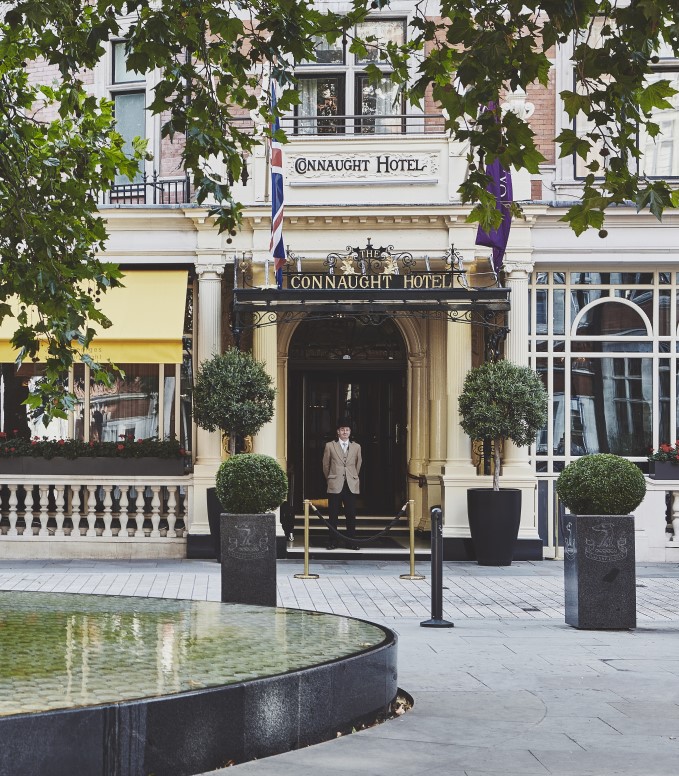
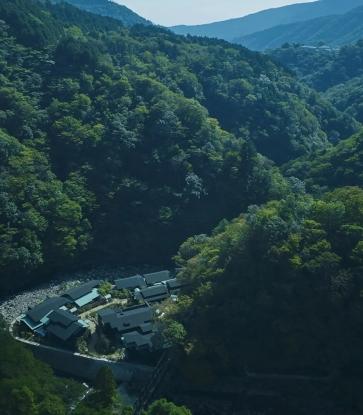


.jpg)
